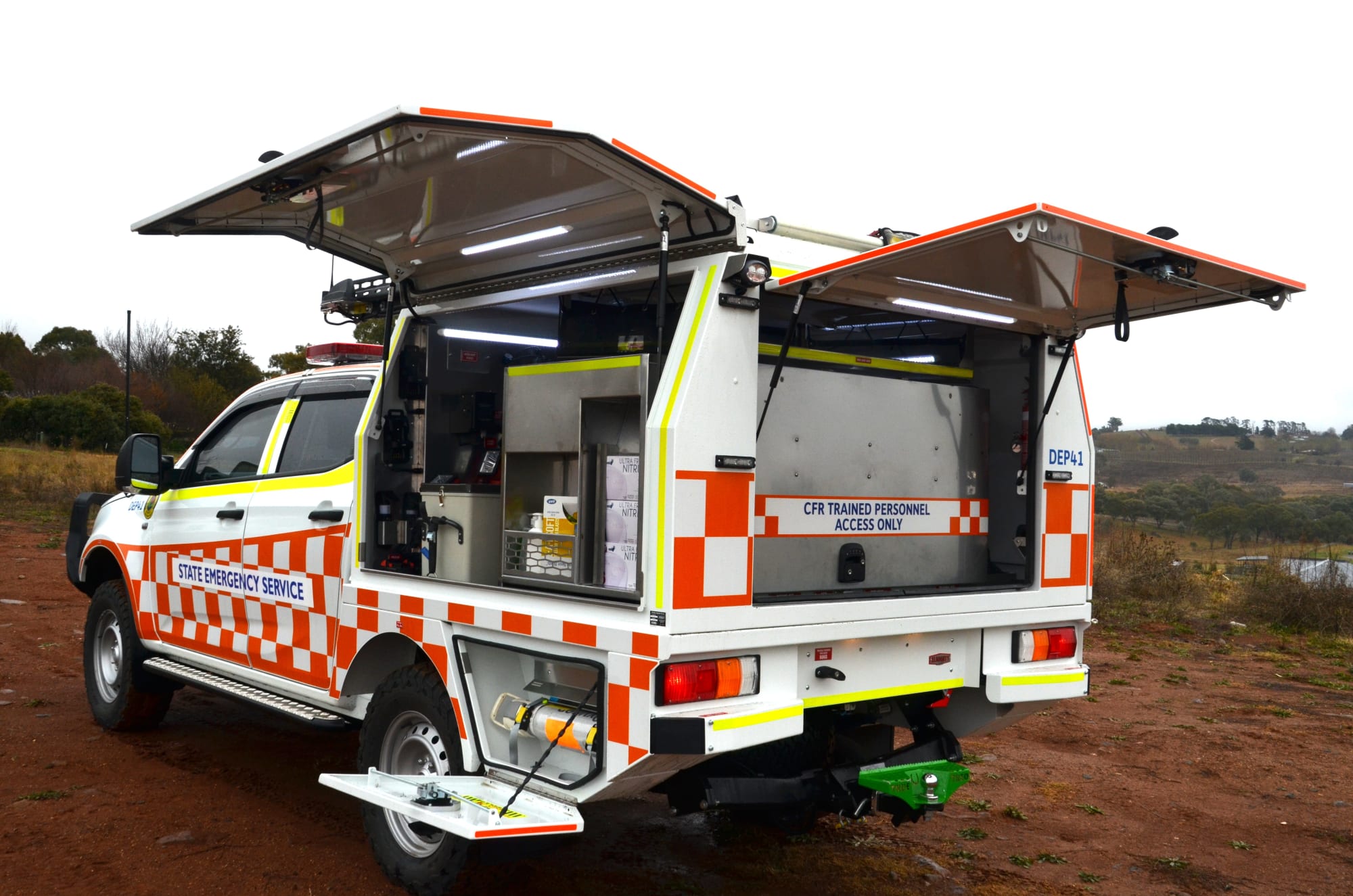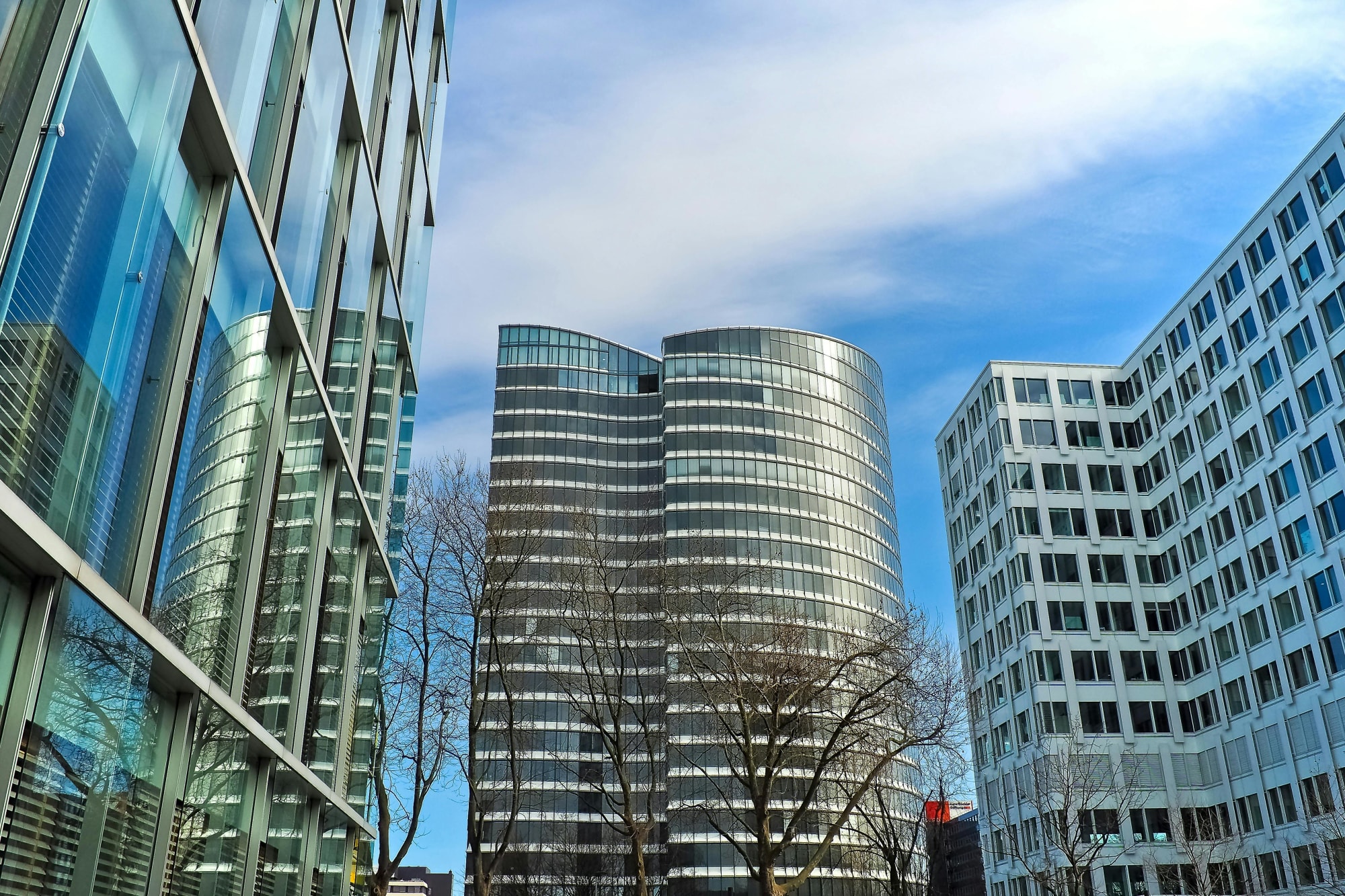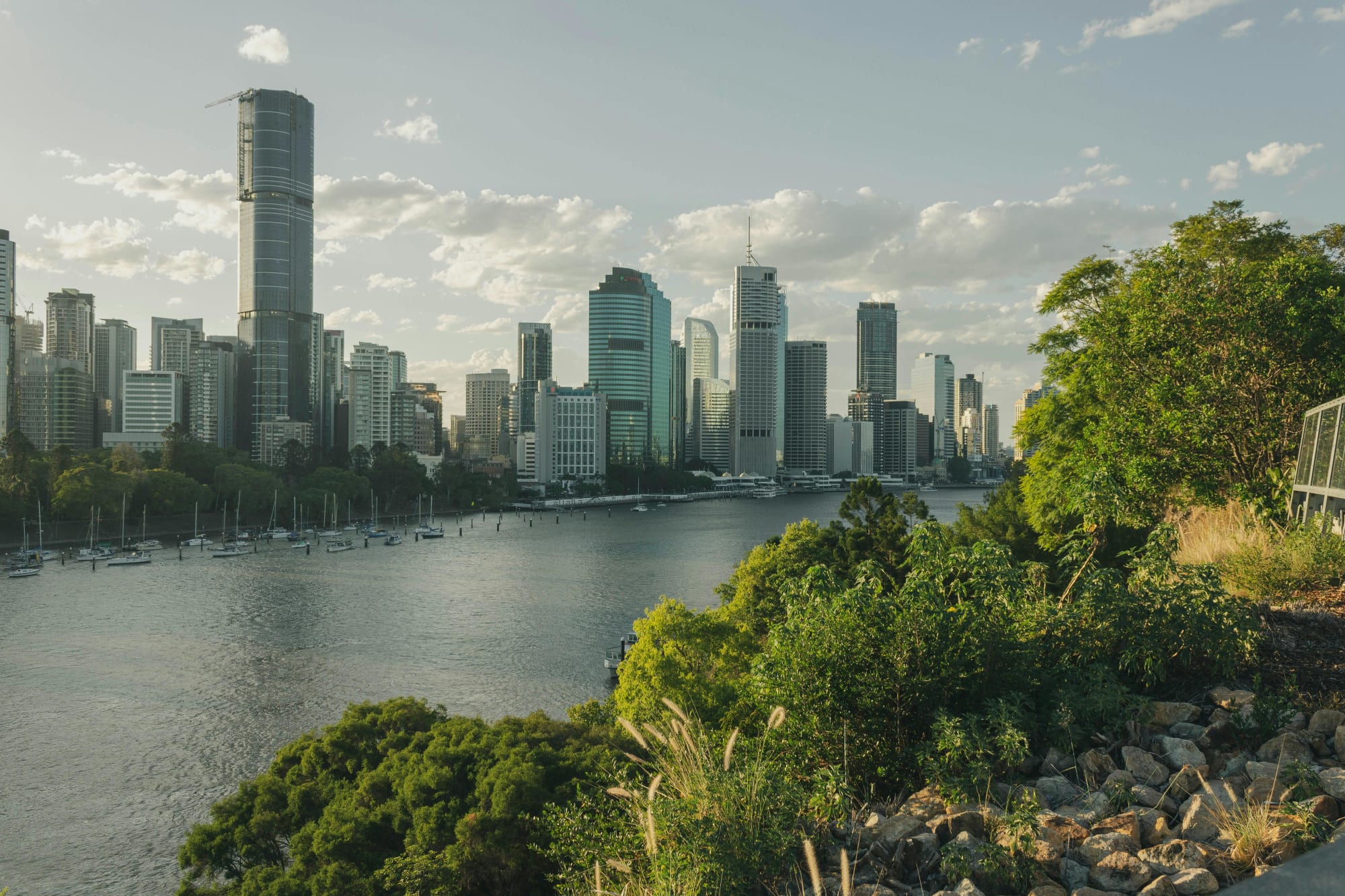Invest
Recession fears grow, but does it matter?
Leading economists suggest COVID-19 lockdowns in Sydney and Melbourne will put the economy back into a recession, but given how quickly Australia recovered last time, could it all just be ‘semantics’?
Recession fears grow, but does it matter?
Leading economists suggest COVID-19 lockdowns in Sydney and Melbourne will put the economy back into a recession, but given how quickly Australia recovered last time, could it all just be ‘semantics’?

Having escaped a technical recession for just short of three decades, Australia is now in the unusual position of having had two recessions in the space of just 18 months.
Economists define a recession as two negative growth quarters in a row, albeit the impacts on society differ pending how long the recession lasts.
With Australia’s two largest cities in lockdown, NAB’s senior economist, Gareth Spence, told nestegg that Australia will have its first negative quarter of GDP growth in September, predicting a fall of between 2 and 2.5 per cent.
“The biggest hit to the economy will come through household consumption, mostly with services although goods might also fall as well given the extent of lockdowns,” he said.

Should the lockdowns continue into early September, then the country faces the real possibility of back-to-back negative quarters, Mr Spence believes.
“What we know is once we remove the restrictions, activity tends to come back,” he said.
“So, as long as we don’t really have the scarring, which was the worry last but didn’t eventuate, we think it will rebound.”
“But this is the assumption the rebound ends by the end of September,” he said.
AMP Capital’s Dr Shane Oliver agreed, telling nestegg that the country’s economic output will greatly depend on how quickly Sydney opens back up.
When asked if lockdowns extending into September will push Australia into a recession, the economist told nestegg “it’s a risk, but providing the NSW lockdown ends then and other states continue to have only short lockdowns, then a December quarter contraction should be avoided”.
Does falling into a recession technically matter?
Given the pace of the recovery last time and pent-up demand associated with lockdowns, economists are predicting that if the economy falls, the fall will be short-lived.
According to Dr Oliver, whether or not Australia falls into a recession or not is just “semantics”.
“It’s very different from a normal cyclical recession that takes longer to recover from. The experience from past lockdowns is that provided the damage to jobs and incomes is minimised, then the bounceback is strong, and we will then be back to talking about recovery and whether things are too strong or not,” he said.
Mr Spence agreed with Dr Oliver, albeit pointing out the consequences of scarring on the economy.
Economic scarring refers to the medium-long term damage done to the economy following an economic shock that leads to an economic downturn and eventually a recession.
“Not really, it doesn’t matter. It is a technical definition of two negative quarters, we have to have something to define it as,” he said.
“But people think about it more broadly in terms of the wider impacts like unemployment and the duration,”
“So, I think we will avoid the strict two negative quarters unless something happens in the June quarter we didn’t factor in, but we will see a little bit of deterioration in the labour market.
“As such, I wouldn’t call it a typical double-dip recession,” Mr Spence said.
Looking forward
While stronger economic growth is believed to be on the horizon, likely as soon as December and March quarters, the economist is worried about the labour market.
“We think unemployment will lift a little bit in the short term, but the bigger hit will come in hours worked, which we saw evidence of in Victoria in May and June,” he said.
“I guess offsetting much of this is the tightness of the labour market, meaning employers might try to hold onto their employees given they know they will struggle to get them back in a rebound,” Mr Spence concluded.
About the author

About the author


Economy
Australia’s softening labour market puts another RBA cut in play — here’s what business should do now
A four-year high in unemployment has revived expectations the Reserve Bank could deliver another rate cut as soon as November. With quarterly GDP growth running at 0.6 per cent and annual growth at ...Read more

Economy
Rising CPI reinforces RBA’s stance as rate cut expectations remain: State Street
State Street Global Advisors says the Reserve Bank of Australia (RBA) is likely to hold its current policy outlook following the release of September quarter inflation data, which showed an unexpected ...Read more

Economy
NSW SES boosts tsunami preparedness ahead of World Tsunami Awareness Day
As World Tsunami Awareness Day approaches on 5 November, the New South Wales State Emergency Service (NSW SES) is ramping up efforts to enhance tsunami preparedness along the east coastRead more

Economy
Lifesaving Regional Response Strengthened with New NSW SES Vehicles
In a significant boost to regional emergency services, the NSW State Emergency Service (SES) has unveiled 11 new Community First Response (CFR) vehicles, designed to enhance the speed and safety of ...Read more

Economy
Australia's June quarter GDP growth driven by consumer and government spending
Australia's economy has shown unexpected resilience in the June 2025 quarter, with household and government consumption driving growth despite a significant decline in public investmentRead more

Economy
Australia's GDP surprise is real but operators should heed the growth mix warning light
Australia’s June-quarter growth beat expectations on the strength of household consumption and government spending, even as public investment sagged. The upside surprise signals resilience, but the ...Read more

Economy
Households carried the quarter: what Australia’s upside GDP surprise means for strategy now
Australia’s economy expanded faster than expected in the June 2025 quarter, with GDP up 0.6 per cent quarter-on-quarter and 1.8 per cent year-on-year — the strongest pace in two years. The kicker ...Read more

Economy
Inflation dynamics in Australia: Electricity subsidies and labour market in focus
In a recent economic analysis, experts from State Street have highlighted significant developments in Australia's inflation landscape, attributing the changes primarily to the withdrawal of ...Read more

Economy
Australia’s softening labour market puts another RBA cut in play — here’s what business should do now
A four-year high in unemployment has revived expectations the Reserve Bank could deliver another rate cut as soon as November. With quarterly GDP growth running at 0.6 per cent and annual growth at ...Read more

Economy
Rising CPI reinforces RBA’s stance as rate cut expectations remain: State Street
State Street Global Advisors says the Reserve Bank of Australia (RBA) is likely to hold its current policy outlook following the release of September quarter inflation data, which showed an unexpected ...Read more

Economy
NSW SES boosts tsunami preparedness ahead of World Tsunami Awareness Day
As World Tsunami Awareness Day approaches on 5 November, the New South Wales State Emergency Service (NSW SES) is ramping up efforts to enhance tsunami preparedness along the east coastRead more

Economy
Lifesaving Regional Response Strengthened with New NSW SES Vehicles
In a significant boost to regional emergency services, the NSW State Emergency Service (SES) has unveiled 11 new Community First Response (CFR) vehicles, designed to enhance the speed and safety of ...Read more

Economy
Australia's June quarter GDP growth driven by consumer and government spending
Australia's economy has shown unexpected resilience in the June 2025 quarter, with household and government consumption driving growth despite a significant decline in public investmentRead more

Economy
Australia's GDP surprise is real but operators should heed the growth mix warning light
Australia’s June-quarter growth beat expectations on the strength of household consumption and government spending, even as public investment sagged. The upside surprise signals resilience, but the ...Read more

Economy
Households carried the quarter: what Australia’s upside GDP surprise means for strategy now
Australia’s economy expanded faster than expected in the June 2025 quarter, with GDP up 0.6 per cent quarter-on-quarter and 1.8 per cent year-on-year — the strongest pace in two years. The kicker ...Read more

Economy
Inflation dynamics in Australia: Electricity subsidies and labour market in focus
In a recent economic analysis, experts from State Street have highlighted significant developments in Australia's inflation landscape, attributing the changes primarily to the withdrawal of ...Read more








